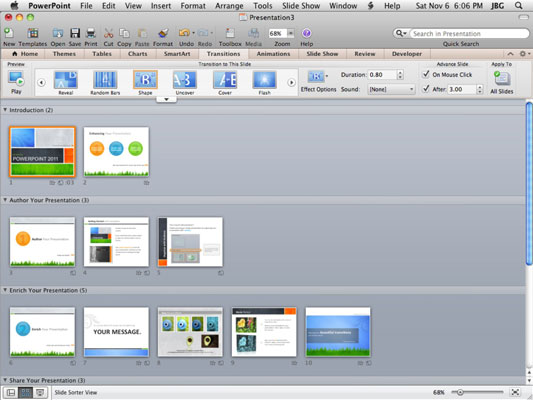
/001_converting-powerpoint-presentations-to-word-documents-2767165-607776d97b8744ab995cc5541fd42b92.jpg)
- #Add multiple photos to a powerpoint presentation for a mac full
- #Add multiple photos to a powerpoint presentation for a mac free
When it’s inserted into the slide it occupies the full slide size and PowerPoint has kept it scaled at 100%.
#Add multiple photos to a powerpoint presentation for a mac free
Most decent image editor apps will allow you to set both the size and resolution and in this example we used the free GIMP (GNU Image Manipulation Program) app which is available for both Windows and Mac. Now, let’s take a look at what happens when you insert pictures into your slides at various sizes and resolutions.īelow are the settings for the stopwatch picture which we’ve scaled to 960 x 540 pixels at 72 DPI. So entering 1in, 2.54cm, 72pt or 96px all yield the same result. As soon as you hit return, the number is converted to your default units of measurement.

That then translates to 1280 (960 / 0.75) by 720 (540 / 0.75) dots or pixels and that is what is used to project your picture during a slide show.Ī little known secret is that regardless of the measurement system set on your computer, you can actually enter dimensions for your slide setup and/or objects on your slide by typing in a number followed by px for pixels or pt for points. This is what’s used to scale your picture as it’s inserted into your slide. Now, because there are 72 points per inch (don’t get this confused with dots per inch!) this translates to 960 (13.333 x 72) by 540 (7.5 x 72) points. In the above example the slide has a size of 13.333 x 7.5 inches. Inches are actually easier to deal with here because you’re going to see conversions using DPI or Dots Per Inch. If you click the Design tab followed by Slide Size and choose Custom Slide Size, you’ll see the size of your slide in either inches or centimetres: Let’s see this in practice when examining a standard 16:9 widescreen slide in PowerPoint. Hence 1 pt = 1/72 inch, meaning 1 inch contains 72 points. A point (pt) is equal to 1/12 Pica, and 1 Pica = 1/6 inch. The 96 number comes from the resolution of your monitor (more on that later) and 72 comes from the world of typography where a point is a physical unit of distance. A point is actually 0.75 of a pixel on a 96 DPI monitor which comes from 96 DPI / 72 PPI ( dots or pixels per inch versus points per inch). Points may mean prizes in game shows but in PowerPoint, points are not equivalent to prizes nor pixels. To add to the complexity of picture size and resolution, PowerPoint measures picture sizes in points under the hood and then converts them into your preferred measurement system, inches or centimetres, before displaying them in the user interface: Resolution: the density of pixels per inch. Size: the number of pixels horizontally by the number of pixels vertically. So there are two aspects of a picture you need to be aware of: But PowerPoint does take DPI into account as you’ll see later.

This is usually only applicable for printed media and defines how many pixels (dots) are crammed into each inch. In addition to the size of the picture in pixels, some image editors set a DPI (Dots Per Inch) parameter. This can cause pictures to appear blurry and degrade the quality of your slide show when displayed on a monitor or projector. When you resize pictures in PowerPoint beyond their original 100% size, extra pixels have to be ‘invented’ by PowerPoint through a process of interpolation. The first shows the image at a normal scale:īut when we zoom in you can clearly see each individual pixel that makes up the picture: The image below shows how pixels are used to form an image. Each of these dots is a single colour and the number of dots affects the file size of the picture. A raster or bitmap picture (contrary to a vector image) is made up of thousands of tiny dots or pixels. OK, so this might not be the most exciting news headline but we need to start from the beginning. So what do presentation professionals need to know about picture size and resolution? Pictures are made of dots But when it comes to PowerPoint, there’s an odd mix of measurements from the physical and digital worlds even though the majority of what is produced is shown on either a monitor or a projector. If you come from a web design environment you might be more familiar with pixels. If you come from a print media background you’ll be familiar with the importance of image resolution and how it affects quality.


 0 kommentar(er)
0 kommentar(er)
